Soundproofing basement ceiling
haringfan
17 years ago
Featured Answer
Sort by:Oldest
Comments (18)
fqp25
17 years agoventupete
17 years agonessas
17 years agoharingfan
17 years agobrickeyee
17 years agoharingfan
17 years agobrickeyee
17 years agoquiznos358_netzero_com
17 years agofqp25
17 years agotom358
17 years agojejvtr
17 years agobjnash
16 years agoshreiber
14 years agopjb999
14 years agobrickeyee
14 years agohowey1023_gmail_com
13 years agomillworkman
9 years ago
Related Stories
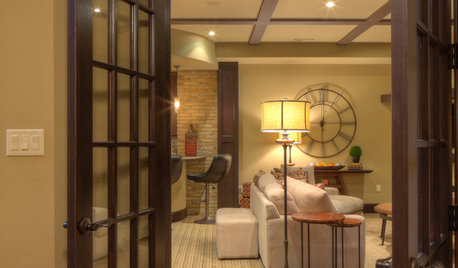
BASEMENTSBasement of the Week: Tall-Order Design for a Lower-Level Lounge
High ceilings and other custom-tailored features in this new-build Wisconsin basement put the tall homeowners in a good headspace
Full Story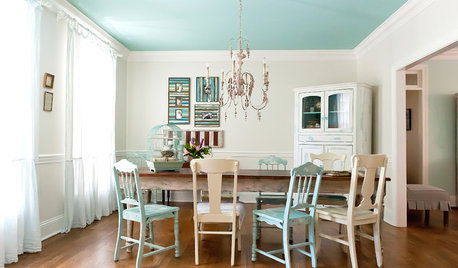
COLORAdd Excitement With Vibrant Ceiling Color
Slather on some bold ceiling color for an instant — and eye-catching — transformation
Full Story
BASEMENTSBasement of the Week: Clever Details Update a Below-Ground Lounge
Lower-level design reaches new heights with rearranged ductwork, lighting, a new ceiling and modern styling
Full Story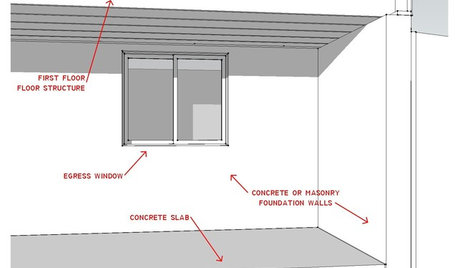
REMODELING GUIDESKnow Your House: The Steps in Finishing a Basement
Learn what it takes to finish a basement before you consider converting it into a playroom, office, guest room or gym
Full Story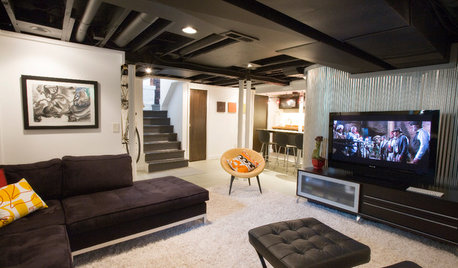
LIVING ROOMSBelow My Houzz: An Inviting Basement With Industrial Edge
Reconfiguring a cramped, damp basement opens up a new world of sleek, functional spaces
Full Story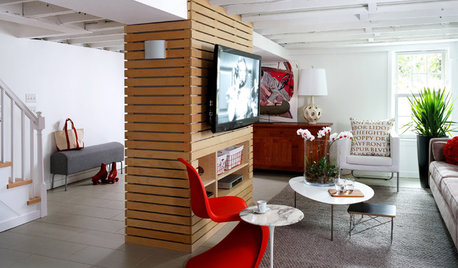
REMODELING GUIDESA Gloomy Basement Lightens Up
White paint, modern furnishings and exposed beams lend a bright and airy feel to a family's renovated basement
Full Story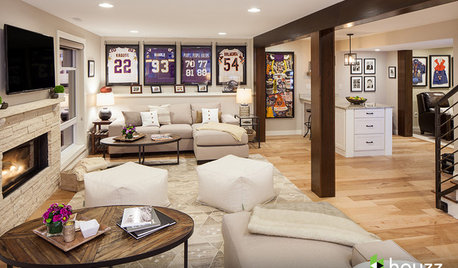
BASEMENTSThe 20 Most Popular Basement Photos of 2015
Designers rise to the challenges presented by subterranean spaces
Full Story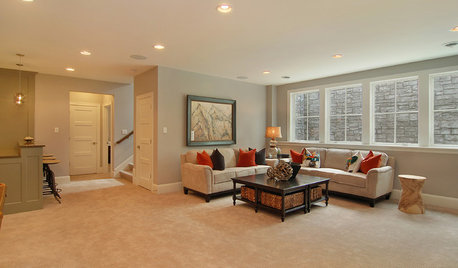
REMODELING GUIDES10 Tips for Renovating Your Basement
A professional contractor shares her tips on what to consider before you commit to a basement remodel
Full Story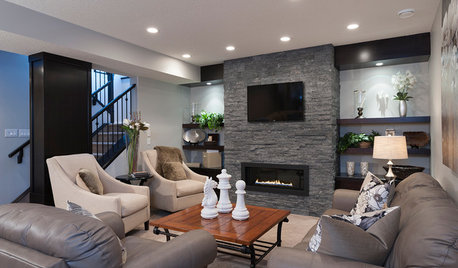
BASEMENTS13 Ways to a Better Basement
Consider your needs and the design challenges before embarking on a basement renovation
Full Story
MORE ROOMSGoodnight, Irene: It's Time to Reclaim Your Basement
How to clean up after the storm, avoid future flood damage and make your basement even better
Full StorySponsored
More Discussions






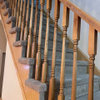
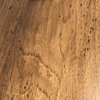


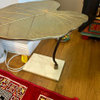
worthy